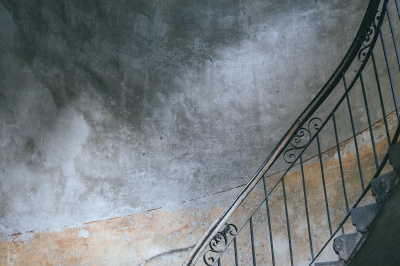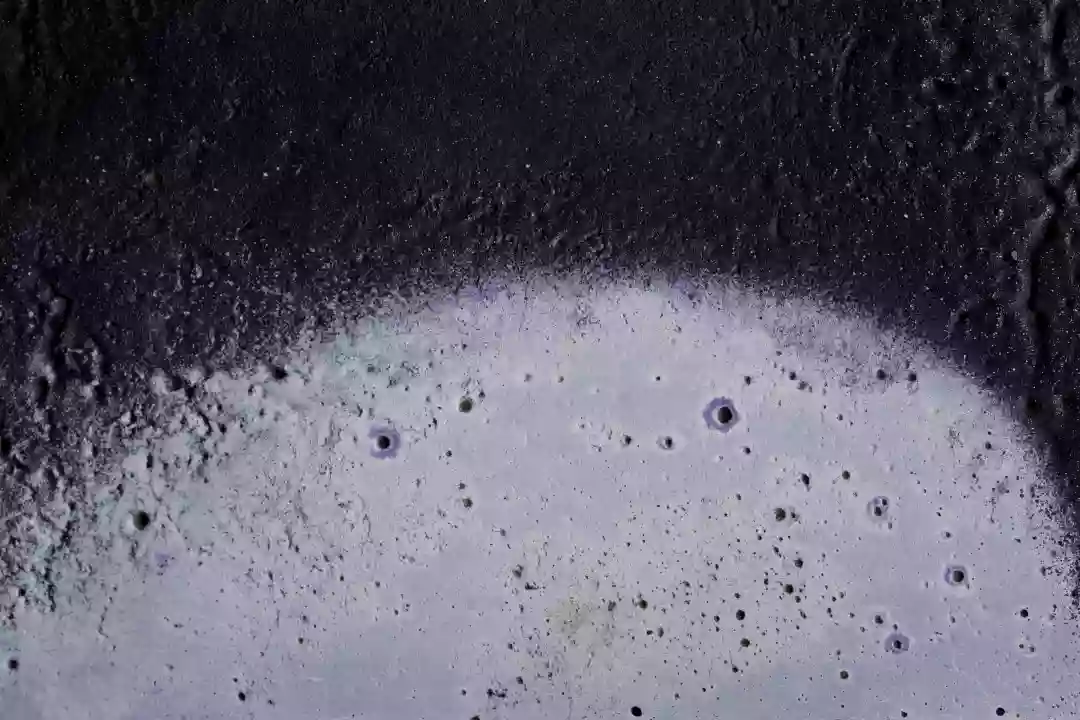What causes damp?
Damp can be a common problem in homes, but it is important to identify what is causing it so that it can be treated properly. There are several different causes of damp in homes, and understanding them is the key to identifying and treating the issue. In this article, we will look at the main causes of dampness in homes.
One of the most common causes of dampness in homes is poor ventilation. If a house does not have adequate air circulation, then moisture is able to build up on walls, ceilings and other surfaces. This is especially common in bathrooms and kitchens, where there is a lot of steam and water vapour. The moisture can then condense on colder surfaces, such as walls, and cause damp patches. To prevent this from happening, it is important to make sure the home has adequate ventilation, such as an extractor fan.
What causes condensation?
Another common cause of dampness in homes is condensation. Condensation occurs when warm air meets a cold surface, such as a wall or window pane. This causes the moisture in the air to condense onto the cold surface, leading to damp patches and mould growth. To prevent this from happening, it is important to reduce sources of moisture in the home, such as drying clothes indoors and showering with the bathroom door closed. If a house already has condensation, then improving ventilation and insulation can help to reduce its impact.

Need assistance finding damp proofing near you?
Get a QuoteThe Causes for Rising Damp
Rising damp can also be an issue in some homes. This occurs when moisture in the ground rises up through the walls of the house, resulting in damp patches and mould. The cause of this is often an old or damaged damp-proof course, which allows moisture to rise up through the walls. To treat rising damp, it is necessary to install a new damp-proof course.
Causes Of Penetrating Damp Problems in Houses
Penetrating damp is another type of dampness that can occur in homes. This occurs when water seeps through cracks or gaps in the walls or roof. Common causes of this include blocked gutters and downpipes, cracked render or pointing, and poorly fitted windows and doors. To prevent and treat penetrating damp, it is important to check for any signs of leaking and repair any damage as soon as possible.
Health Implications From Damp
Finally, it is important to consider the health implications of dampness in the home. Exposure to damp conditions can cause respiratory issues, such as asthma and bronchitis, while damp-related mould can cause skin and eye irritations. Therefore, it is important to identify and treat the cause of any dampness in the home as soon as possible, in order to reduce the risk of health problems.
In conclusion, dampness can be a common problem in homes, and it is important to understand the different causes of dampness and how to treat them. Poor ventilation, condensation, rising damp, and penetrating damp can all be causes of dampness in homes. It is also important to consider the health implications of dampness and take steps to reduce the risk of any related health issues.
In this article:
